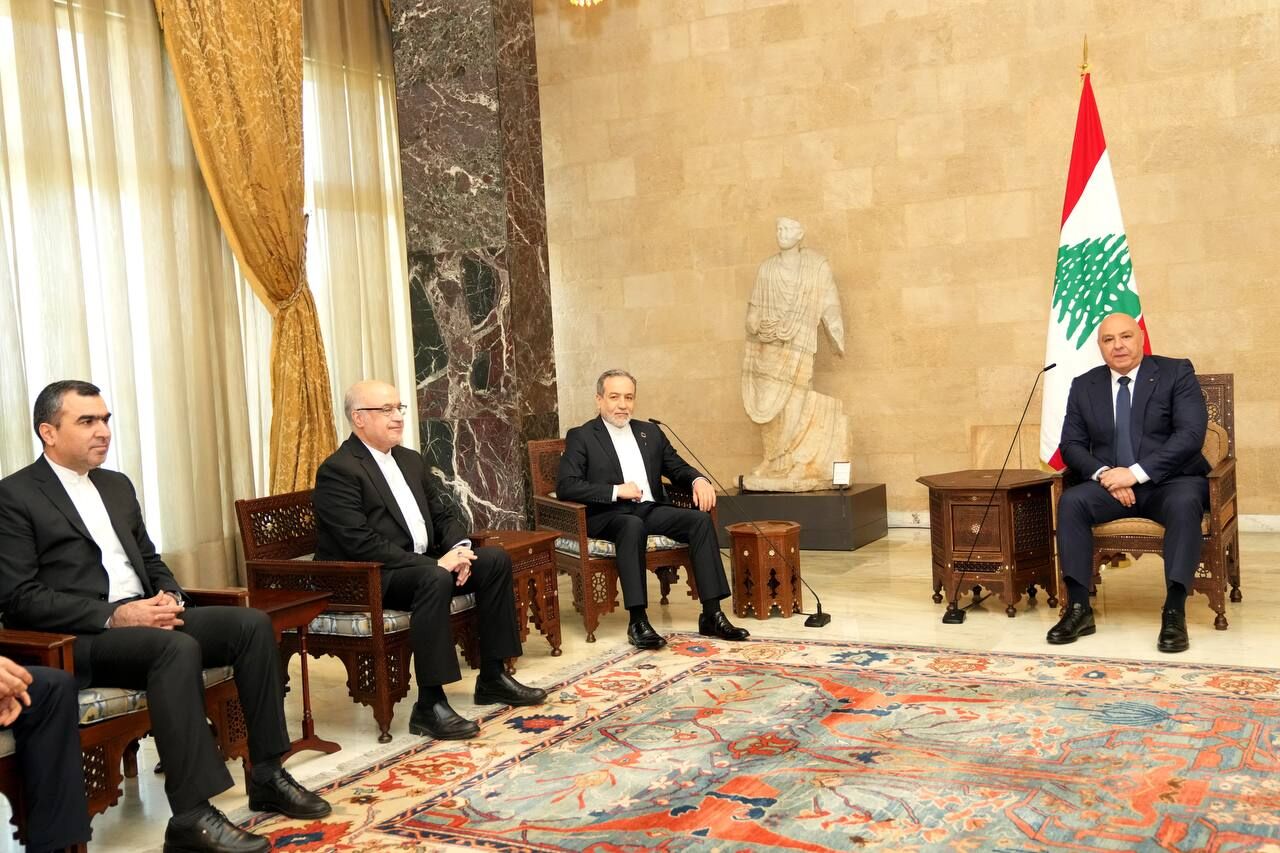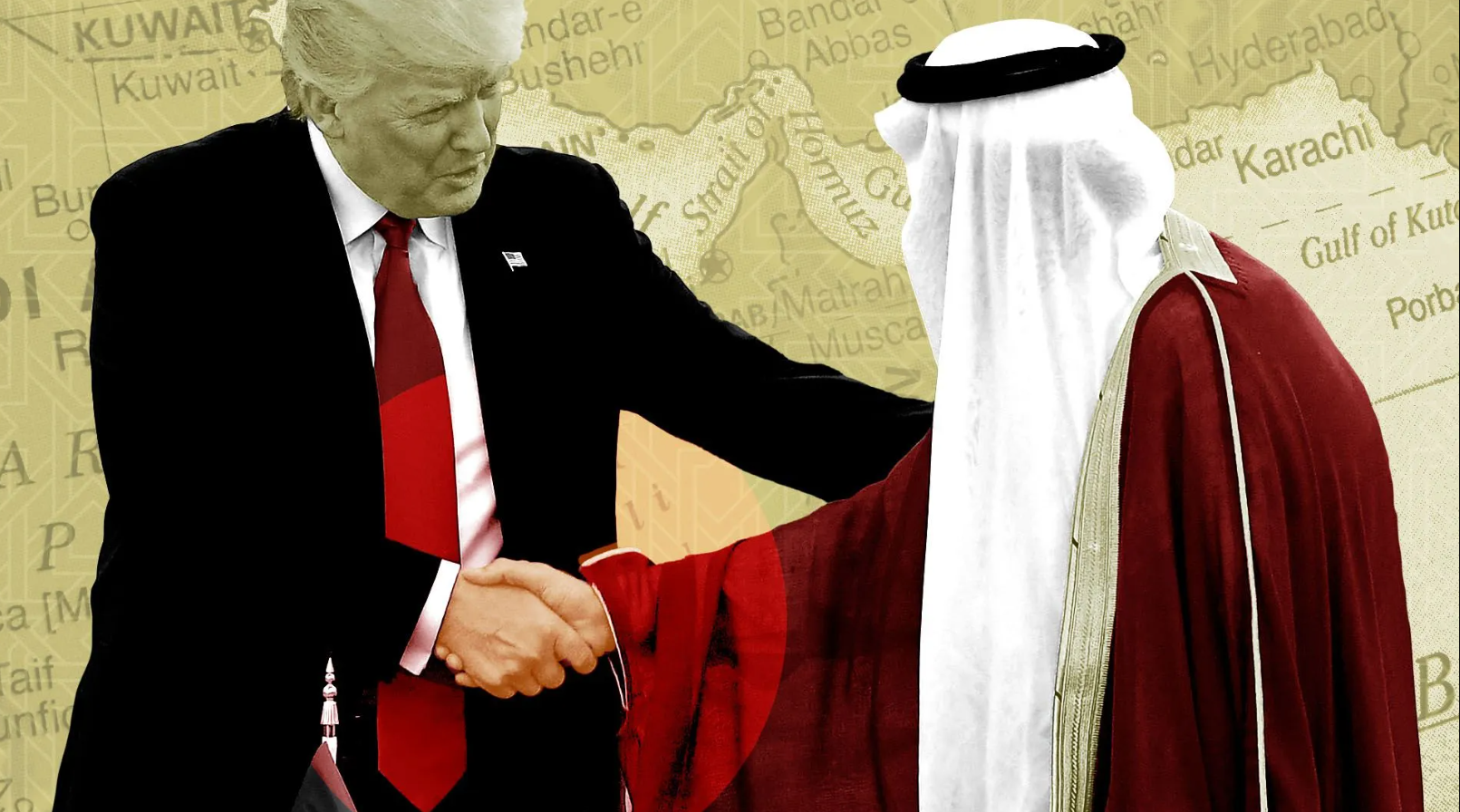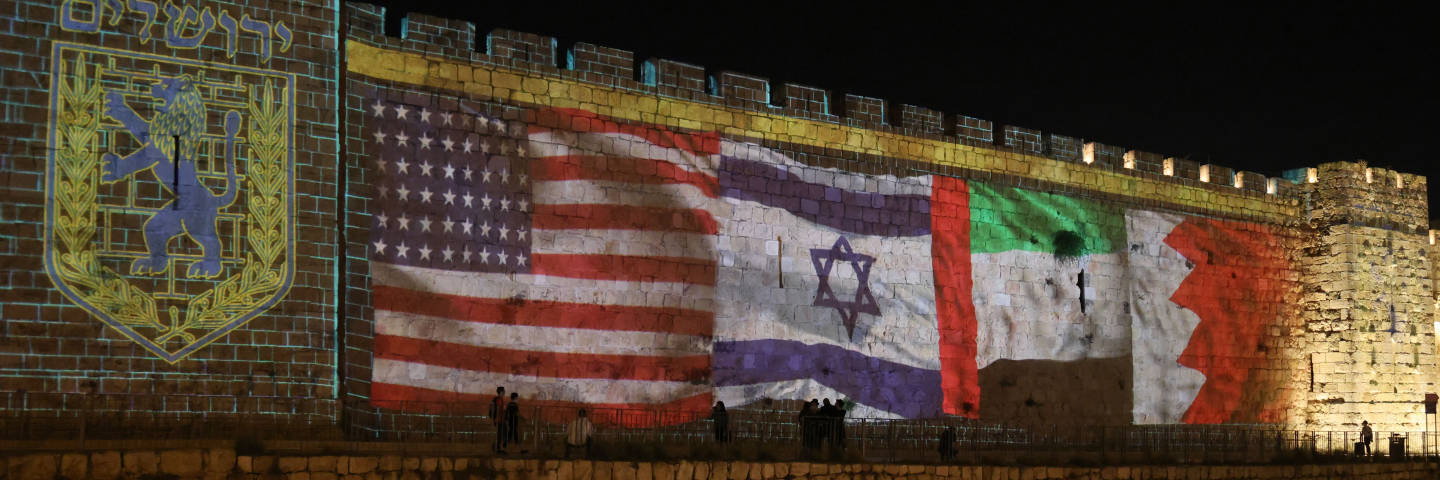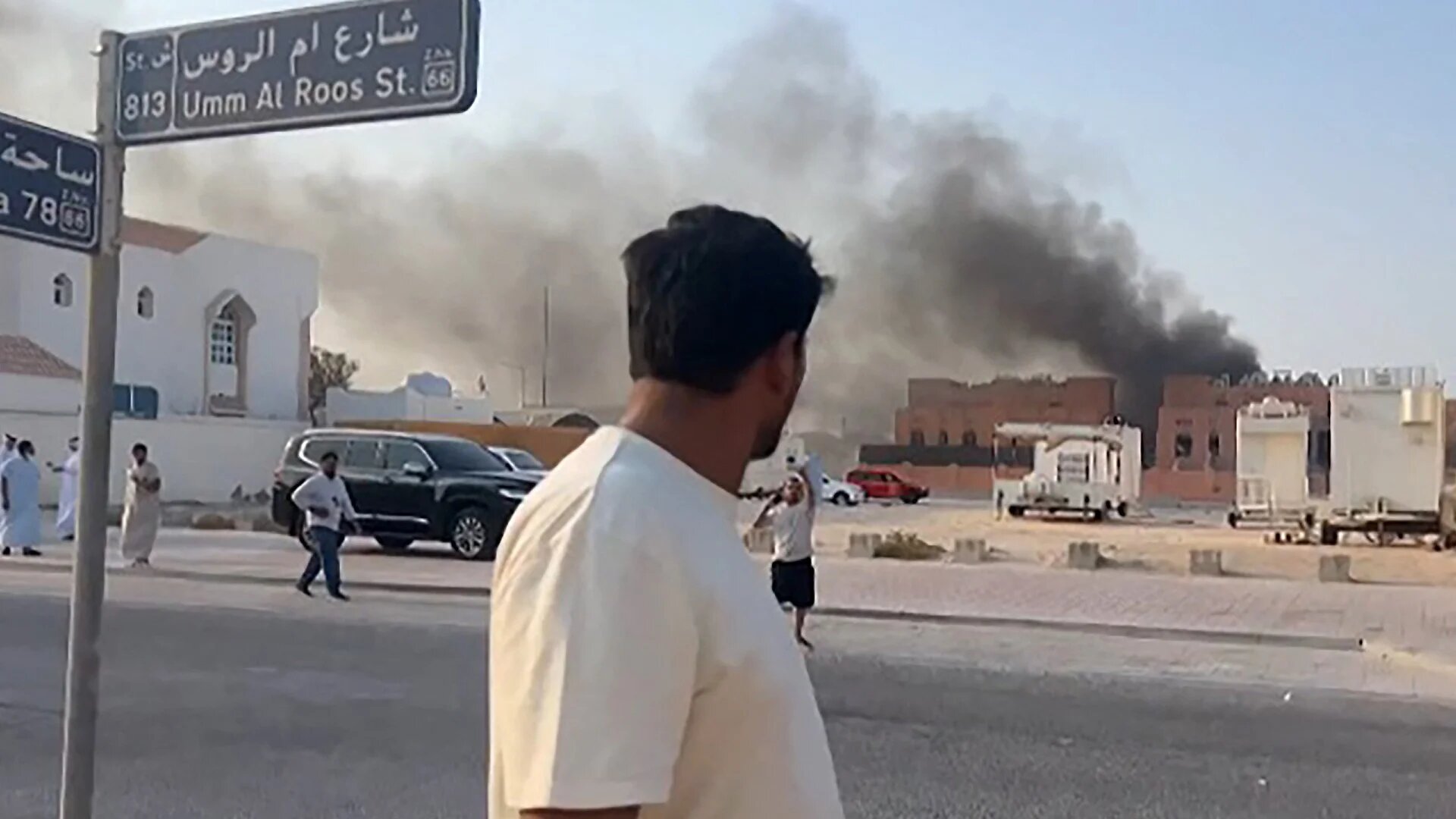As West Asia undergoes a profound transformation in its security and political architecture, the visit of Seyed Abbas Araghchi, Iran’s Foreign Minister, to Lebanon carries multi-layered dimensions and strategic messages across diplomatic, geopolitical, and ideological levels. Following his visit to Cairo the day before, this trip signals a clear and active recalibration of Iran’s foreign policy in response to rapidly evolving regional dynamics—aimed not only at preserving the Islamic Republic’s strategic position amidst rival actors in the emerging West Asian order but also at reaffirming Beirut’s significance as a centre of resistance.
Beirut Visit: On the Eve of a Redefinition of the Resistance Identity
Araghchi’s visit comes at a time when the longstanding and deep-rooted Tehran–Beirut relationship has faced serious challenges over the past nine months due to a series of destabilizing developments:
The martyrdom of Seyed Hassan Nasrallah, the charismatic and unparalleled commander of Hezbollah and a cornerstone of the regional Resistance Axis, created a significant leadership vacuum within Lebanon’s resistance structure. This not only altered the internal power balance in Lebanon but also impacted the broader regional resistance architecture. In Nasrallah’s absence, the strategic leadership hub of the Resistance Axis has effectively shifted from Beirut’s southern suburb of Dahiyeh to the Red Sea—specifically Yemen—underscoring the organic and regional roots of the resistance movement.
The election of Joseph Aoun as President and Nawaf Salam as Prime Minister of Lebanon, reflecting the increased influence of pro-U.S.–Saudi currents within the Lebanese power structure, was met with satisfaction by Iran’s adversaries. However, subsequent developments have revealed that marginalizing Iran in Lebanon has only paved the way for Israeli encroachment, most clearly seen in Tel Aviv’s role in halting direct Tehran–Beirut flights—a move that exposed the depth of Israeli influence in Lebanon’s high-level decision-making processes.
Rebuilding the Resistance’s Moral Influence Through Historical Experience
While pro-Western factions in Lebanon have promised stability and development by gradually sidelining Hezbollah from political equations, they have failed to utilize diplomatic or security tools to counter Israeli aggression. In the face of ongoing Israeli terrorist operations in southern Lebanon and continued occupation, it has become increasingly evident that Lebanon’s security is unattainable without an active resistance presence. In this context, Iran’s role as the principal supporter of this front is once again both prominent and undeniable.
Strategic Meetings and Tehran’s Political Messaging in Beirut
During his visit, Araghchi held key discussions with Lebanon’s top political figures—including President Joseph Aoun, Prime Minister Nawaf Salam, Foreign Minister Youssef Raji, and Speaker of Parliament Nabih Berri—delivering a powerful message on several fronts:
1. Redefining Strategic Cooperation between Tehran and Beirut
In meetings with senior Lebanese officials, Araghchi emphasized the civilizational and historical ties between the two nations and expressed Iran’s readiness to deepen political, economic, and commercial cooperation. This should be interpreted as an invitation to Lebanese elites to move beyond traditional frameworks and enter a new era of strategic convergence.
2. Upholding Lebanese Sovereignty and Supporting the Resistance
Iran reiterated its unwavering stance in support of Lebanon’s independence and territorial integrity while condemning Israeli interventions, sending a clear message to the common adversary and simultaneously providing meaningful reassurance to the Lebanese public and defenders of the resistance.
3. Iran’s Central Role in Shaping a New Regional Order
Araghchi’s presence in Lebanon is not a reactive measure but a proactive step in shaping a new equation among Beirut, Cairo, Riyadh, and Tehran. At a time when some Lebanese elites have pushed the country into political and economic gridlock by aligning with the West, Iran’s meaningful diplomatic re-engagement underscores its continued relevance as a pillar of resistance and development in Lebanon.
Iran’s active presence in Lebanon should not be viewed merely as an effort to secure its position in the new regional order, but also as a response to Lebanon’s strategic need to reassert its significance in West Asia. Following a partial withdrawal by Iran and Hezbollah from Lebanon’s internal political scene, it has become clear that surrendering the field to pro-Western factions only leads to greater occupation and exploitation of the country by the U.S.–Israeli axis.
Strategic Analysis: Why This Visit Matters
Filling the Political Void Post-Nasrallah
The martyrdom of Seyed Hassan Nasrallah, who was a critical connector between Tehran and Beirut, necessitates proactive Iranian diplomacy to maintain strategic continuity with Lebanon’s power structures. Araghchi’s visit, timed with Lebanon’s need for this relationship, represents an effort to fill that vacuum rapidly.
Geopolitical Competition with Other Regional Players
Not only Western powers, but also Saudi Arabia and Egypt, have ramped up their efforts to expand influence in Lebanon. Araghchi’s simultaneous trips to Cairo and Beirut underscore Tehran’s efforts to maintain its weight and balance among key actors shaping Lebanon’s political future.
Revitalizing the Resistance Axis within the New Regional Framework
Given the pressures on Beirut from Tel Aviv and Washington’s unwavering support for Israel, Iran’s diplomatic initiative in Lebanon is part of a broader strategy to construct a balanced national policy—one that hinges on reconstituting the Resistance Axis. This is especially critical amid emerging shifts in U.S. regional strategy and the evolving Israeli–Syrian relationship, which poses new threats to Lebanon.
A New Chapter in Resistance Diplomacy?
This one-day visit by Iran’s Foreign Minister should not be viewed merely as a formal diplomatic stop. It is, in fact, a powerful message—not only from the Islamic Republic of Iran but also from Lebanon—to the Arab world, to Israel, and to trans-regional powers: Tehran remains a central actor in the Lebanese equation.
In this light, Araghchi’s trip to Beirut may well be more than a diplomatic mission—it could mark the beginning of a redefined relationship between Iran and Lebanon in the context of the country’s internal shifts and regional realignments, and potentially signal the start of a new chapter for Lebanon’s Islamic Resistance.






